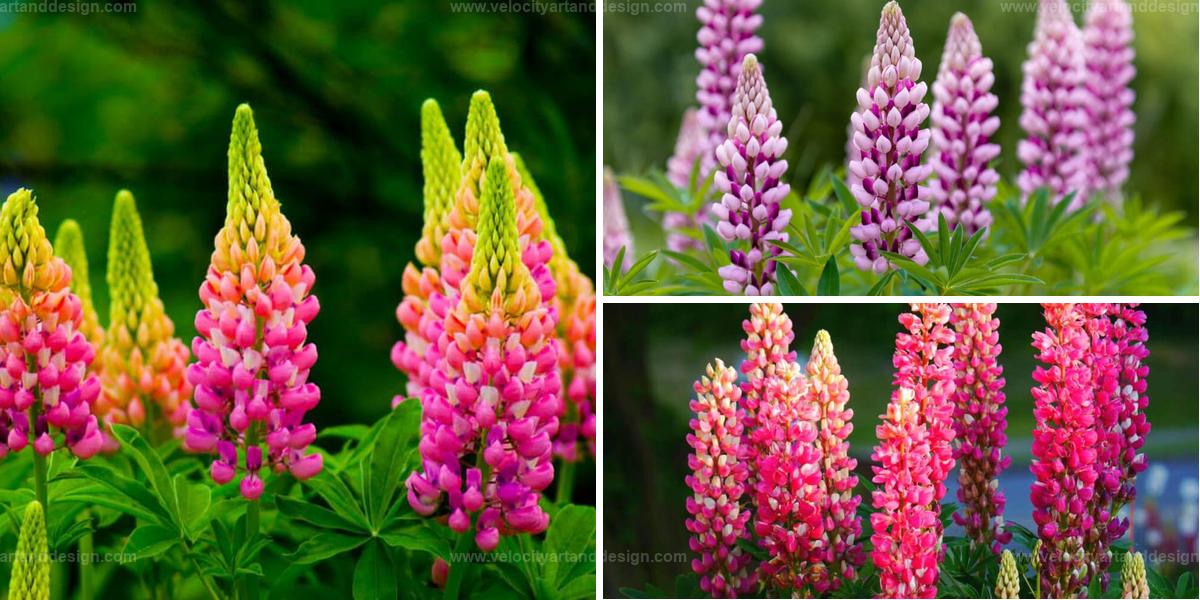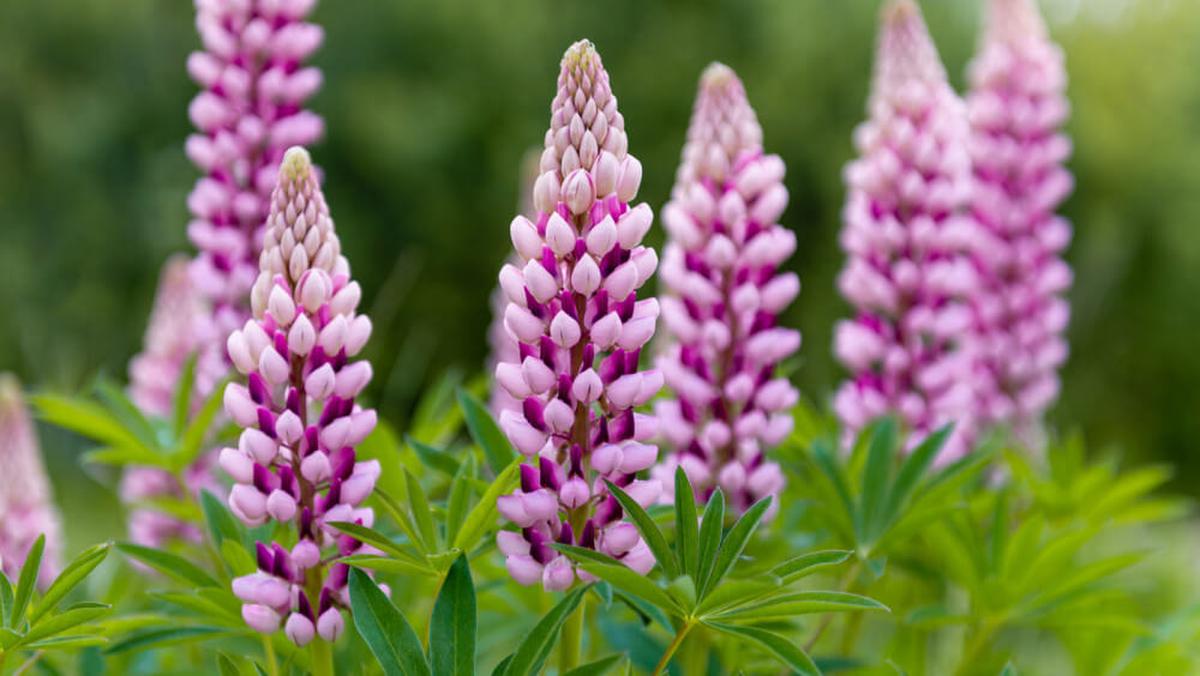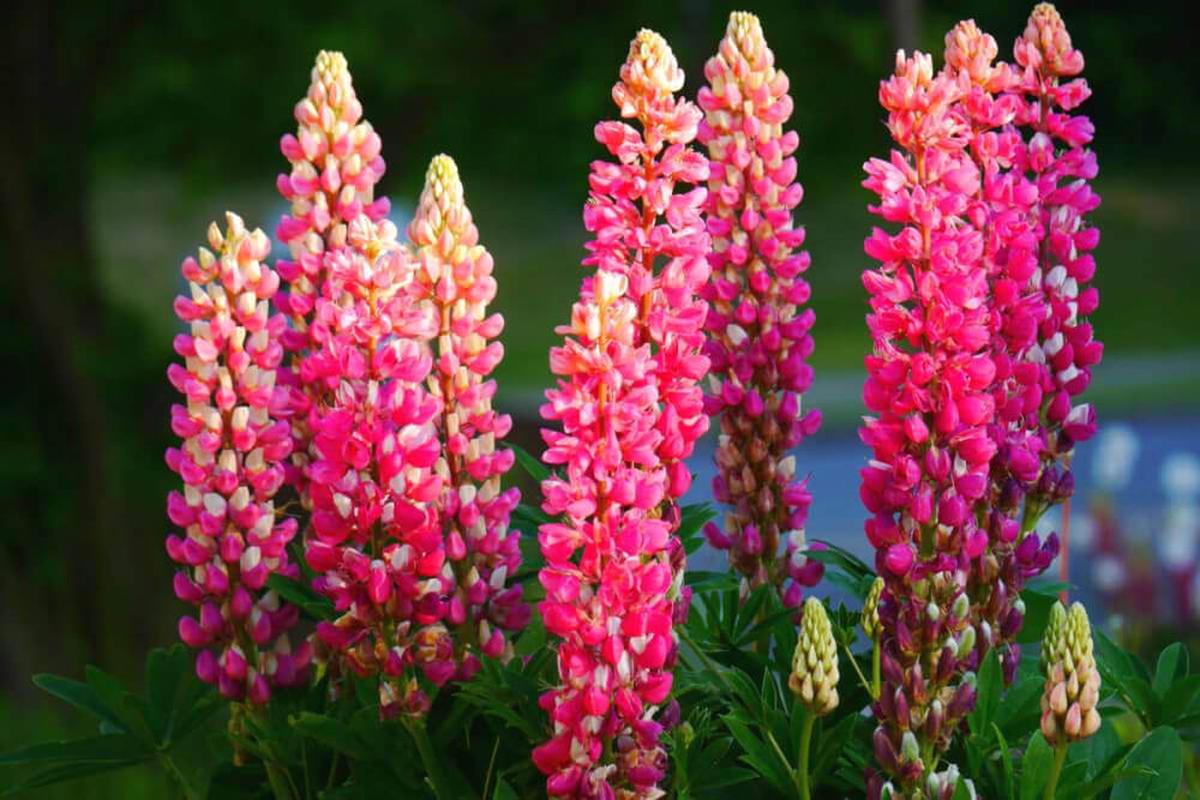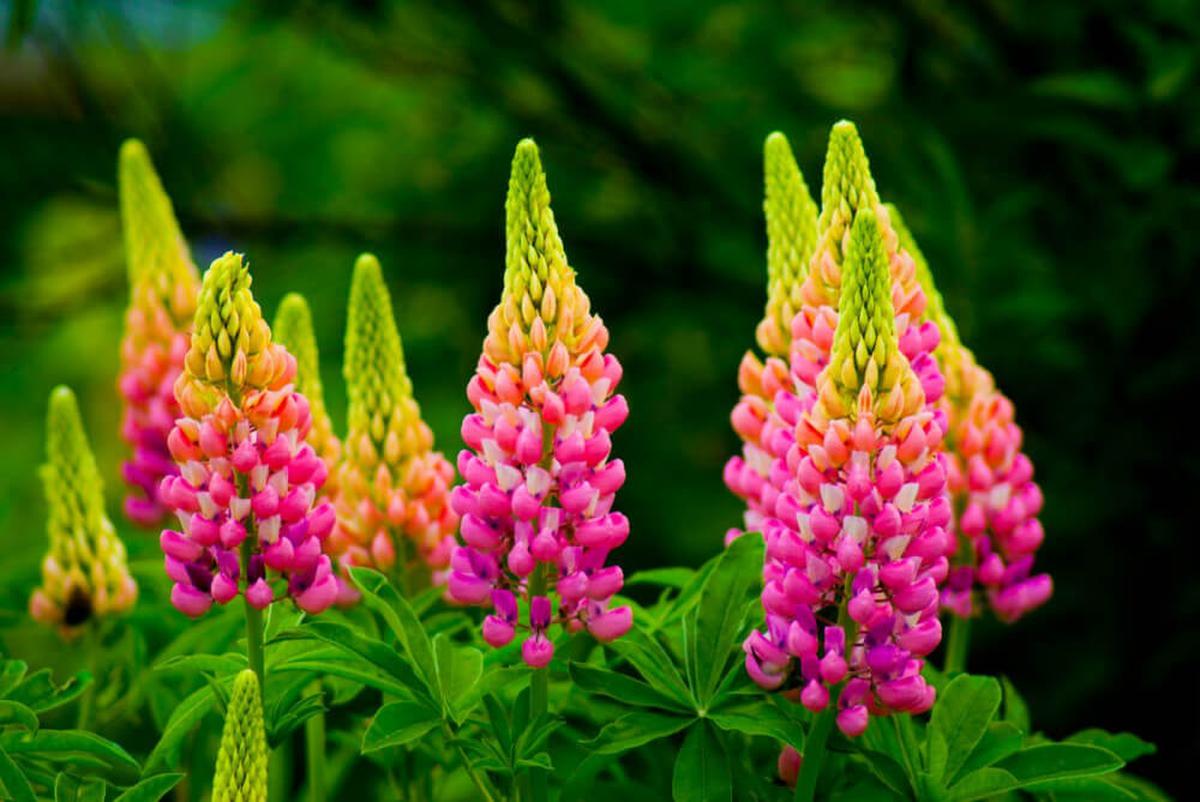Complete Guide to Growing Vibrant Lupines
Growing lupines adds vibrant color and character to any garden, creating a beautiful display of tall, unique blooms. These hardy plants thrive in various climates and bring charm to flower beds with minimal effort.
Known for their resilience and stunning hues, lupines attract beneficial pollinators, supporting a healthy garden ecosystem. Proper care allows them to flourish, rewarding gardeners with striking blossoms.
Adding lupines can transform your space into a lively floral paradise. Follow this guide to grow them with ease:
Germination
Here’s an easy guide to help your seeds germinate and grow strong:
Chill the Seeds for Better Growth: To boost germination, keep seeds with a slightly damp paper towel in a Ziploc bag in the refrigerator for 7 days. Alternatively, soak the seeds in warm water for 24 hours.
Plant Seeds Directly Outdoors: After treatment, plant seeds outdoors in spring or summer, no later than August 1. Place them 1/4 inch under loose soil and about 12 inches apart.
Transplant Seedlings at the Right Time: If starting seeds indoors, transplant them when they’re 4 to 6 weeks old. At this stage, they haven’t yet developed a long tap root, so they’re easier to move.
Prepare the Soil for Transplanting: When transplanting, dig a hole twice as wide and 1/2 inch deeper than the seedling’s container. Place each plant about a foot apart for the best growth.
How To Grow
Soil and Location Needs:
Lupines thrive in moist, sandy soil that drains well. They prefer moderate temperatures.
For heavy soil, loosen it to make room for their long taproots.
Plant in a spot with full sunlight or partial shade.
Watering Tips:
Water regularly during the first few months to help roots grow, letting the soil dry out between waterings.
After that, water only during very dry periods or droughts.
Care Tips:
Step 1: Feed the plants with fertilizer every four weeks during the summer.
Step 2: For taller lupine types, you may need to stake them for support.
Step 3: Remove wilted flowers to encourage more blooms.
Step 4: Collect seeds when the pods turn yellow.
Step 5: In spring, cut back any dead spikes.
Step 6: Add mulch around the plants for winter protection.
Pests & Disease
Here’s what to watch for to keep your lupine plants thriving:
Prevent Powdery Mildew: Lupine plants can get powdery mildew, especially in hot, humid areas where they don’t adapt well. Keeping the plants in cooler, well-ventilated spots can help prevent this.
Watch Out for Birds: Birds might eat uncovered seeds, so cover them lightly with soil when planting to keep them safe.
Beware of Pill Bugs: Seedlings and seeds can attract pill bugs (roly-polys), which may nibble on them. Keep an eye out for these bugs if they’re common in your area.




